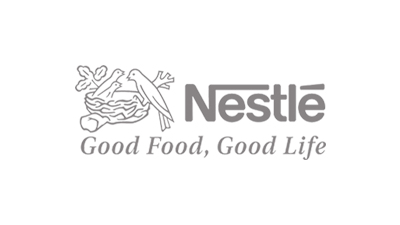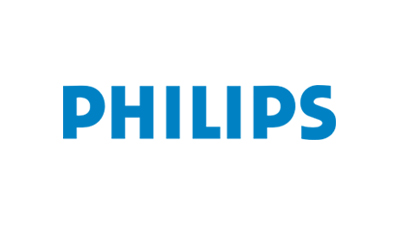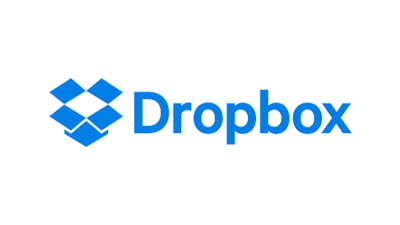The Ion-conducting Ceramics market report provides a detailed analysis of global market size, regional and country-level market size, segmentation market growth, market share, competitive Landscape, sales analysis, impact of domestic and global market players, value chain optimization, trade regulations, recent developments, opportunities analysis, strategic market growth analysis, product launches, area marketplace expanding, and technological innovations. According to our latest research, the global Ion-conducting Ceramics size is estimated to be million in 2021 from USD million in 2020, with a change of % between 2020 and 2021. The global Ion-conducting Ceramics market size is expected to grow at a CAGR of % for the next five years. Market segmentation Ion-conducting Ceramics market is split by Type and by Application. For the period 2016-2026, the growth among segments provide accurate calculations and forecasts for sales by Type and by Application in terms of volume and value. This analysis can help you expand your business by targeting qualified niche markets. Market segment by Type, covers Sodium Ion Li Ion Other Market segment by Application can be divided into Chemical/Petrochemical Environment Energy Sensors and Instruments Others The key market players for global Ion-conducting Ceramics market are listed below: BASF Corning Kyocera Corp. Robert Bosch Saint-Gobain Schott AG Market segment by Region, regional analysis covers North America (United States, Canada and Mexico) Europe (Germany, France, United Kingdom, Russia, Italy, and Rest of Europe) Asia-Pacific (China, Japan, Korea, India, Southeast Asia, and Australia) South America (Brazil, Argentina, Colombia, and Rest of South America) Middle East & Africa (Saudi Arabia, UAE, Egypt, South Africa, and Rest of Middle East & Africa) The content of the study subjects, includes a total of 14 chapters: Chapter 1, to describe Ion-conducting Ceramics product scope, market overview, market opportunities, market driving force and market risks. Chapter 2, to profile the top manufacturers of Ion-conducting Ceramics, with price, sales, revenue and global market share of Ion-conducting Ceramics from 2019 to 2021. Chapter 3, the Ion-conducting Ceramics competitive situation, sales, revenue and global market share of top manufacturers are analyzed emphatically by landscape contrast. Chapter 4, the Ion-conducting Ceramics breakdown data are shown at the regional level, to show the sales, revenue and growth by regions, from 2016 to 2026. Chapter 5 and 6, to segment the sales by type and application, with sales market share and growth rate by type, application, from 2016 to 2026. Chapter 7, 8, 9, 10 and 11, to break the sales data at the country level, with sales, revenue and market share for key countries in the world, from 2016 to 2021.and Ion-conducting Ceramics market forecast, by regions, type and application, with sales and revenue, from 2021 to 2026. Chapter 12, 13 and 14, to describe Ion-conducting Ceramics sales channel, distributors, customers, research findings and conclusion, appendix and data source.
1 Market Overview 1.1 Ion-conducting Ceramics Introduction 1.2 Market Analysis by Type 1.2.1 Overview: Global Ion-conducting Ceramics Revenue by Type: 2019 Versus 2021 Versus 2026 1.2.2 Sodium Ion 1.2.3 Li Ion 1.2.4 Other 1.3 Market Analysis by Application 1.3.1 Overview: Global Ion-conducting Ceramics Revenue by Application: 2019 Versus 2021 Ver









